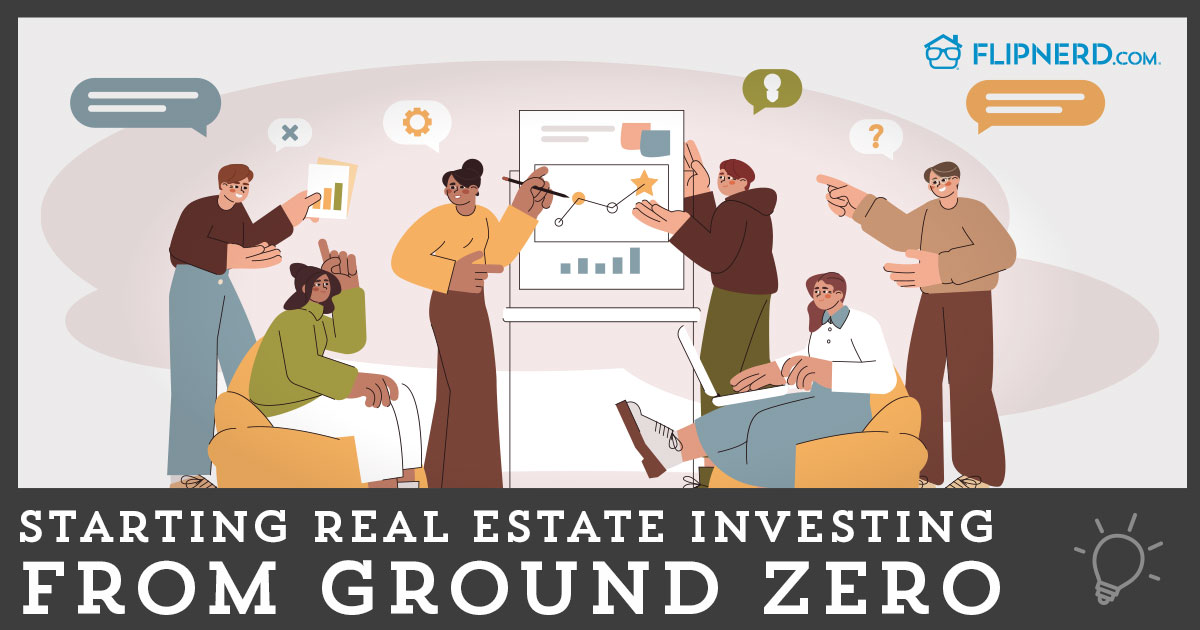Growth Equity Group has set in motion a new way to invest in real estate in your retirement, in a strategy that’s shaking up the industry and providing clients the most exceptional level of customer service and care.
Too often, investors stop short of adding real estate to their portfolios because the initial investment appears to be complex, and the long-term commitment labor intensive. And rightly so: it can be difficult and costly to find appropriate properties and investors might not have the skills or resources to determine a property’s income generating viability.
Appropriate and affordable financing can be difficult to find, with most non-recourse loans typically at rates of around 12 percent. Not to mention, the first thought to pop into an individual investor’s mind when he or she hears “income property” is a broken water heater in the middle of the night.
However, specialized real estate investment groups can offer comprehensive services to make both the initial and long-term investment in real estate simple and user friendly for individual investors. These full-service firms handle everything from market analysis to building permits and cost of living index. Often, the firms buy or build properties in bulk at a discount achieved through research, relationships and years of expertise in the field. In addition to providing inventory, they enlist a proper maintenance and management team to avoid the late night water heater scenario.
Be The Director Of Your Retirement
While the economy has shown signs of sustained recovery, continued uncertainty and market volatility on Wall Street prompt many investors to search for non-traditional methods to diversify their retirement portfolios. Self-directed IRAs (SDIRAs) have gained momentum as the go-to investor’s choice to safely and effectively accomplish this while planning for the future. One of the many advantages of a self-directed IRA is the opportunity to experience significant gains by investing in alternative assets and receive a sizable tax incentive. Similar to a traditional IRA, a SDIRA is also a tax-deferred retirement account that provides additional earning power with rental properties, which accumulate income inside of the IRA with no capital gains tax. When utilizing a SDIRA, it is important to remember that certain rules still apply. Each asset has a different set of restrictions and investors must be aware of prohibited transactions to avoid penalties from the IRS.
With real estate, for example, all income generated from a property must go directly into the SDIRA; neither the account holder, nor a relative can live in the property; the property cannot be previously owned by family members; non-recourse loans must be used if the property is being financed; expenses related to the property cannot be paid with personal funds; and SDIRA funds cannot be used to pay off a personal mortgage.
Owning Without Landlording
Real estate not only introduces a new asset class to a retirement plan for true diversification, it protects against market fluctuations and allows investors to hedge inflation. While many traditional portfolios consist of assets that are highly correlated and can rise and fall in value together, income producing real estate offers investors four ways to generate returns:
- RENTAL INCOME
- PROPERTY VALUE APPRECIATION
- EQUITY GENERATION OVER TIME
- FINAL SALE OF THE PROPERTY
Additionally, when utilizing a non-recourse loan to finance the property as opposed to traditional financing— an IRS requirement of SDIRAs— investors can leverage their entire account to increase buying power. For example, by using 50 percent leverage, an investor could buy a $100,000 property by putting down only $50,000 in principal out of the SDIRA, and utilize a non-recourse loan for the balance. The advantage of non-recourse loans is that they are based on the asset or property’s ability to pay off the remaining balance and the lender cannot seize the borrower’s other assets in the event of default.
Non-recourse financing is the only way to leverage dollars from your retirement account for purchase. It is simply put an asset-based loan. More traditional avenues for financing are unavailable to the self-directed investor because those mortgages are based on individual qualifications and the recourse for those mortgages are to the individual. In this case it isn’t the individual purchasing the asset, it is their entity either LLC, self-directed account, etc. that would be purchasing the asset. Therefore, the mortgage can only be tied to the asset itself with the recourse being solely on that asset. Growth Equity Group is the only company in the country with pre-approved non-recourse financing on every one of its properties.









